Bukchondeak [Korea Quality] / 하회 북촌댁 [한국관광 품질인증]
2.0Km 2020-09-08
7, Hahoebukchon-gil, Pungcheon-myeon, Andong-si, Gyeongsangbuk-do
+82-54-853-2110, +82-10-2228-1786
Located in Hahoe-ri (Pungcheon-myeon, Andong-si, Gyeongsangbuk-do), Hahoe Bukchondaek House is a hanok stay that was originally built by a civil official named Ryu Sa-chun in 1797 (the 21st year of the reign of King Jeongjo of the Joseon dynasty). It consists of a small sarangchae (men’s quarters) with two wing buildings at sides. As the anchae (women’s quarters), large sarang, daemungan (gate building), and shrine were built by Ryu’s great-grandson, Ryu Do-seong (who served as a governor of Gyeongsang-do), in 1862 (the 13th year of the reign of King Cheoljong), the house displays the typical features of a Joseon nobleman’s house and is the largest in Hahoe. The large sarangbang, Bukchonyugeo (measuring 7-kan* at the front, 3-kan at the sides), consists of two 2-kan rooms, two 1-kan rooms, a 4-kan daecheong (wooden floor), a 3-kan numaru (upper floor), a 3-kan kitchen, a 3-kan garret, a 5-kan toe (the narrow wooden veranda running along the outside of the building), and a jjokmaru (narrow wooden veranda). The entire building can be converted into a single space simply by opening the sliding doors between the rooms and the doors between the rooms and the daecheong. The medium-sized sarang, Hwagyeongdang, consists of a 2-kan room, a 1-kan daecheong, a 3-kan toe, and a jjokmaru, while the small sarang, Susinwa, consists of a 1-kan room, a 1-kan daecheong, and a 2-kan toe. The anchae has a courtyard in the middle, a kitchen, a main room, a daecheong, a gobang (storeroom), a witsangbang (upper room), a toenmaru (a narrow wooden porch running along the outside of the building), an araetsangbang, a jungmun that links to the large sarang, an araetgwang (storeroom), a dwiju (grain-chest), and a munganbang (gate building room). The munganchae (gate building) and shrine are also situated within the grounds of the house, along with a 300-year-old pine tree that is known for its curved shape, which is said to resemble the Nakdonggang River as it meanders around the village of Hahoe. The house contains valuable cultural heritages including Doseongpaldojido (Map of the Eight Provinces of Korea), which is estimated to date from the seventeenth century, and is regarded as an invaluable historic material as it includes Dokdo Island and Jiandao as part of the Korean territory, and a painting titled ‘Sehwa,’ which is believed to have been given to Ryu Yi-jwa (pen-name: Hakseo, 1763-1837) by the king as a New Year’s present. Bukchondaek House was built by one of the richest families in Hahoe, who are well known for their generosity as they have helped local people on many occasions throughout history. *kan: a unit of measurement referring to the distance between two columns.
Andong Gangodeungeo Teojutdaegam (안동간고등어터줏대감)
2.1Km 2021-03-24
217, Jeonseo-ro, Andong-si, Gyeongsangbuk-do
+82-54-823-1500
This is a place where you can enjoy Andong Jjimdak, the representative dish of Andong. This restaurant's signature menu is andong braised chicken. This Korean dishes restaurant is located in Andong-si, Gyeongsangbuk-do.
Garam Choyeonjae [Korea Quality] / 가람초연재 [한국관광 품질인증]
2.1Km 2020-09-09
76-6, Hahoejongga-gil, Pungcheon-myeon, Andong-si, Gyeongsangbuk-do
+82-10-3849-7542
Garam Choyeonjae offers guests a variety of charming features, particularly the harmonious natural environment which creates a serene and relaxing atmosphere. Situated in Hahoe, which is partially enclosed by the Nakdonggang River, Garam Choyeonjae stands out among the village’s many hanok houses due to its beautiful thatched roof. The village has become a popular tourist destination thanks to the distinguished natural landscape along the Nakdonggang River, its 100 ~ 200-year-old hanok houses, and nearby Buyongdae Cliff, which commands a panoramic view of the village. The name of the house is a compound word consisting of ‘garam’, which is the pen-name of the house’s owner, a 15th–generation descendant of Ryu Seong-ryong (pen-name: Seoae, 1542-1607, a scholar-official of the Joseon Dynasty), and ‘choyeonjae’, which means “a thatched house in which swallows live.” Guests can even see the swallows and their nests under the rafters and eaves of this simple, cozy hanok. The house is also surrounded by various well-known buildings such as Damyeonjae House, the largest and oldest hanok in the village; Yangjindang House (Treasure No. 306); and Binyeonjeongsa House (National Folklore Cultural Heritage No. 86), which was built and used as a library by Ryu Un-yong (pen-name: Gyeomam). Garam Choyeonjae consists of two rectangular hanok buildings with clean and well-maintained rooms exuding a traditional and antique atmosphere. In particular, the house’s beautifully maintained thatched roof attracts many foreign visitors. The house also provides various experience programs, including an opportunity to use a treadmill, millstone, and mortar, and a gat-making experience (a gat is a Korean traditional hat made of bamboo and horsehair). Moreover, visitors are highly recommended to appreciate the fantastic view of the sunset from the wooden floor of the house’s sarangchae (men’s quarters), and the beautiful garden planted with seasonal wildflowers.
Damyunjae (담연재)
2.1Km 2023-08-22
Hahoejongga-gil 76-3, Andong-si, Gyeongsangbuk-do
Mokseogwon (목석원)
2.1Km 2021-03-30
159, Jeonseo-ro, Andong-si, Gyeongsangbuk-do
+82-54-852-3788
It is a folk-food specialty restaurant with beautiful scenery and group seats, for various gatherings. This Korean dishes restaurant is located in Andong-si, Gyeongsangbuk-do. The representative menu is Andong-style bibimbap.
Gimchanggwon Seolleongtang(김창권설렁탕)
2.2Km 2021-04-10
59, Suho-ro, Andong-si, Gyeongsangbuk-do
+82-54-858-0083
It is a place that sells Korean health food soup. This Korean dishes restaurant is located in Andong-si, Gyeongsangbuk-do. The representative menu is ox bone soup.
Hangukgwan (한국관)
2.2Km 2021-03-24
36, Pungyo 6-gil, Andong-si, Gyeongsangbuk-do
+82-54-858-7787
It is a kimchi dish specialty store. This Korean dishes restaurant is located in Andong-si, Gyeongsangbuk-do. The most famous menu is braised kimchi.
Gulmaeul Nakjichon (굴마을낙지촌)
2.3Km 2021-03-24
26, Pungyo, 3-gil, Andong-si, Gyeongsangbuk-do
+82-54-853-6343
It is a place where you can eat various seafood dishes and soup. The best menu at this restaurant is oyster and rice soup. This Korean dishes restaurant is located in Andong-si, Gyeongsangbuk-do.
Jeongseong Damuen Bapjip Yul(정성담은밥집율)
2.3Km 2021-04-10
32-16, Pungyo 3-gil, Andong-si, Gyeongsangbuk-do
+82-54-843-5573
This is a place where you can enjoy various duck dishes that are good for the health. This Korean dishes restaurant is located in Andong-si, Gyeongsangbuk-do. The most famous menu is rich soybean paste stew.
Gu Seol Galbi - Docheong Branch (구서울갈비 도청)
2.3Km 2021-03-26
17-2, Pungyo 6-gil, Andong-si, Gyeongsangbuk-do
+82-54-855-5981
This is a place where you can enjoy quality beef ribs. This Korean dishes restaurant is located in Andong-si, Gyeongsangbuk-do. The representative menu is grilled ribs.
![Bukchondeak [Korea Quality] / 하회 북촌댁 [한국관광 품질인증]](http://tong.visitkorea.or.kr/cms/resource/74/2626274_image2_1.jpg)
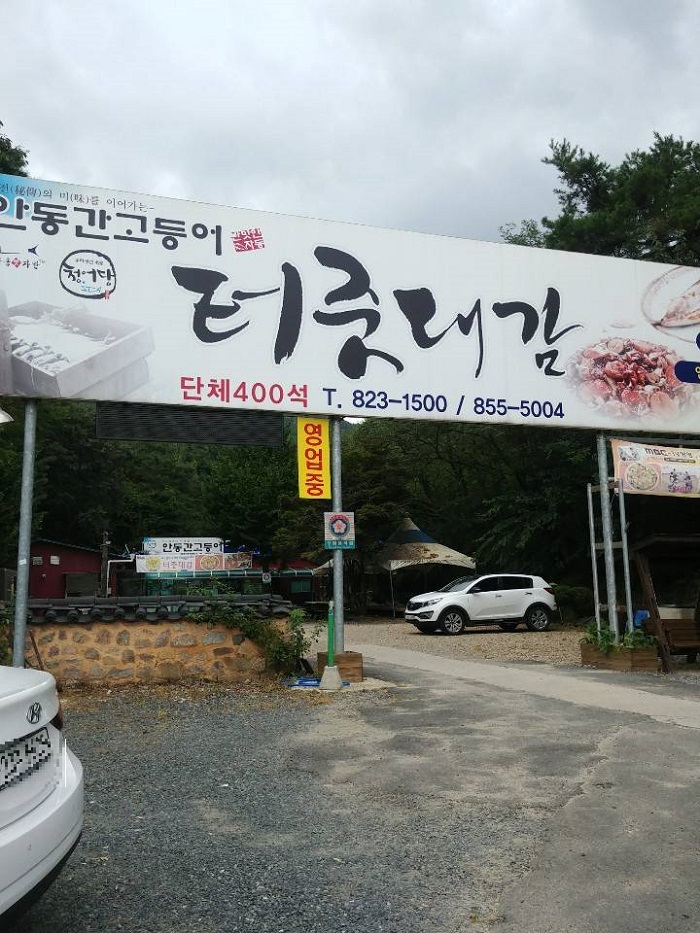
![Garam Choyeonjae [Korea Quality] / 가람초연재 [한국관광 품질인증]](http://tong.visitkorea.or.kr/cms/resource/43/2579443_image2_1.jpg)

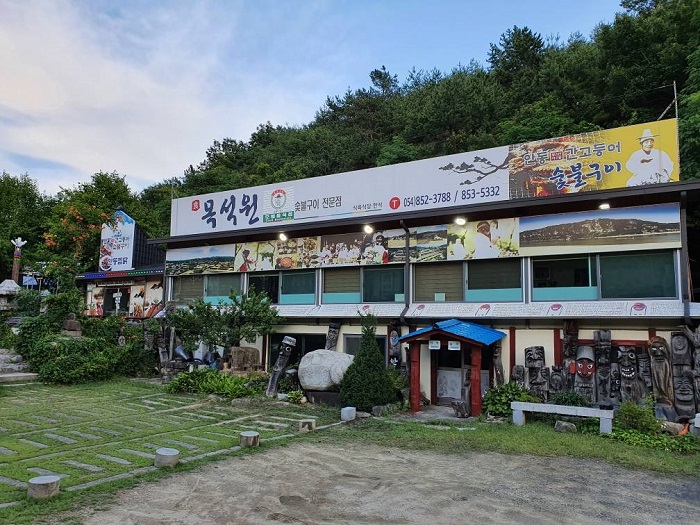
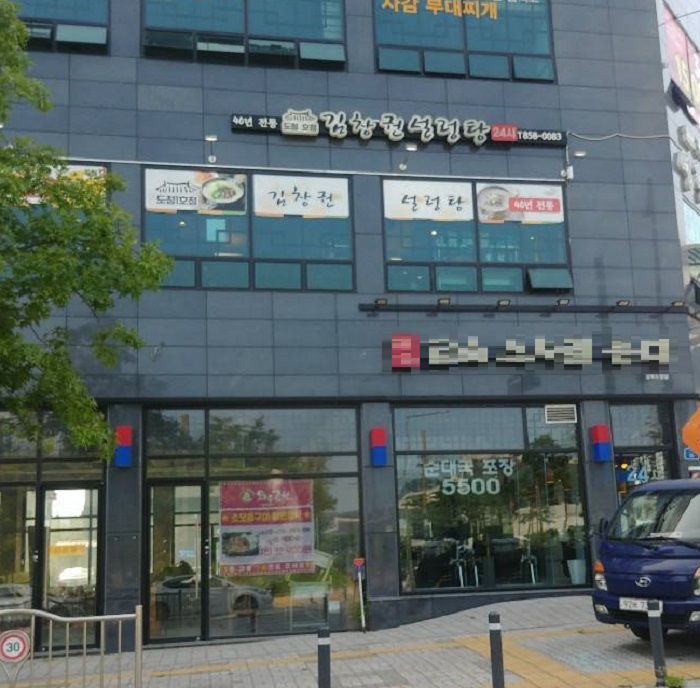
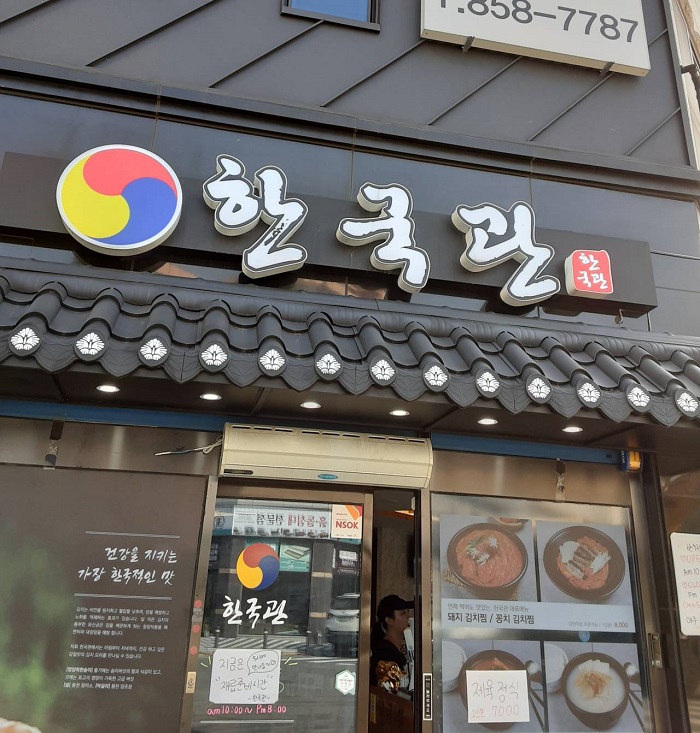
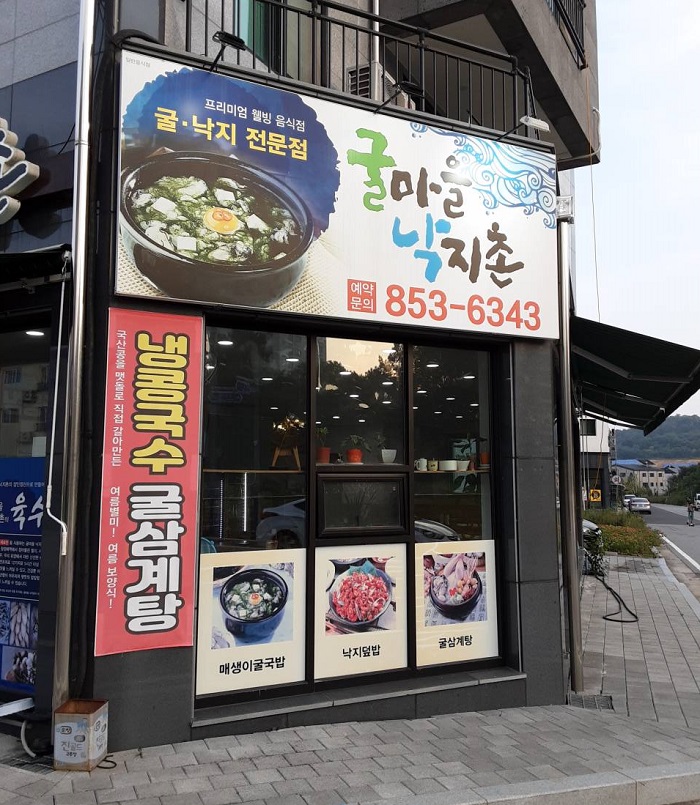
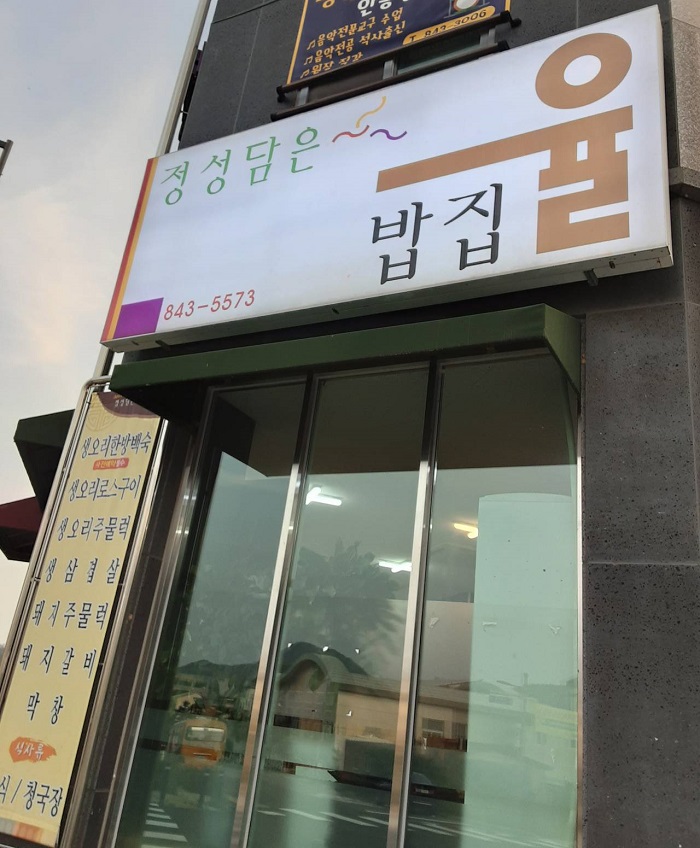
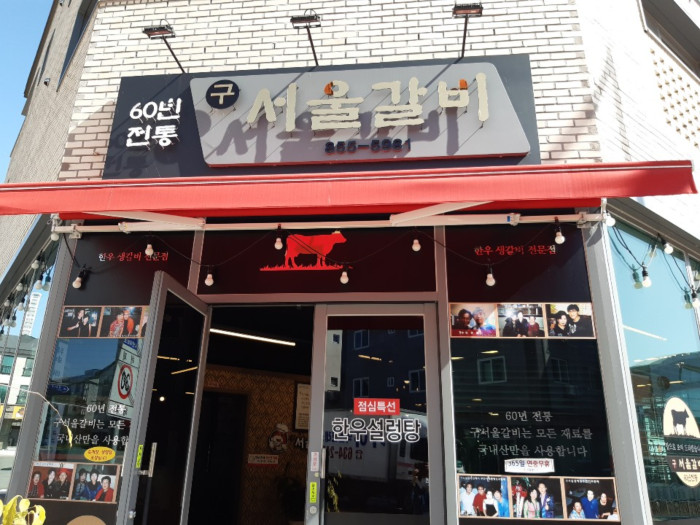
 Español
Español
 한국어
한국어 English
English 日本語
日本語 中文(简体)
中文(简体) Deutsch
Deutsch Français
Français Русский
Русский